-
 Make a Statement with a Gift of Silver: 10 Classic Accessories and Other Silver Gifts for Men for Birthdays and Anniversaries (2020)
Make a Statement with a Gift of Silver: 10 Classic Accessories and Other Silver Gifts for Men for Birthdays and Anniversaries (2020)
-
 If You Like the Metallic Glint of Sterling Silver, Adorn it On Your Wrist: These 11 Beautiful Sterling Silver Bracelets Make Great Gifts Too (2020)
If You Like the Metallic Glint of Sterling Silver, Adorn it On Your Wrist: These 11 Beautiful Sterling Silver Bracelets Make Great Gifts Too (2020)
-
 Why Should Your Jewellery be Anything but Elegant and Assertive? If That's You, Check Out Our 10 Beautiful and Stunning Fine Jewellery For Office Wear!
Why Should Your Jewellery be Anything but Elegant and Assertive? If That's You, Check Out Our 10 Beautiful and Stunning Fine Jewellery For Office Wear!
Facts about Silver Ornaments
Since early 3000 BC, silver was separated from lead by the civilizations. It is a better electrical conductor than copper, and it also has the highest thermal conductivity of all metals. It has a long history of practical applications, as well as religious significance. Throughout the past silver was used in coin making, jewellery, musical instruments, adornments, photo optics and mirrors, photography, dentistry and medications.
Today there are many types of silver available in the market. Recently silver has become an excellent choice for modern women along with gold. It is affordable and modish jewellery which makes no compromise with designs. It is more economical than metals, like gold. Silver ornaments therefore make it a suitable choice for one who loves to wear a new piece of jewellery on every occasion.
How Silver is Silver? Why It's Such a Popular Metal!
Silver is silver' this phrase is quite a right because unlike other metals, silver is rare yet economical. Its physical properties make it the best metal to use in different areas. This native element mineral is often associated with copper, gold or quartz. If you are a true silver-lover, then this metal has several fun facts which can make you happy. Silver has a property of providing natural warmth to the skin during winter, especially during heavy snow.
It can also purify drinking water and is widely used as a water filter across the globe. You might have heard of giving the newborn silver spoon and utensils well; this is not just a saying, but silver has antimicrobial properties which are beneficial for the newborn babies. Top-of-the-line doctors and sergeants are said to wear silver-coated lab coats for its toxic-resisting properties which helps in resisting the spread of contagious infections.
Types of Silver Available for Jewellery Making
Silver pieces of jewellery like a chain, ring, bracelet, earring, heavy kadas, armlets or toe rings are quite popular amongst Indian women. It has been an integral part of traditional attire and dresses for the rural and tribal area people. Recently the trend has been reversed, and it is not limited to the rural areas. The old silver jewellery is in high demand now and famous in the fashion world. To make silver ornaments more than one kind of silver is used around the world.
A hallmarked silver is used while selling as it is the certified mark which indicates the transparency of the silver. Most of the countries have their standard of using hallmarks. Fine .999 silver can be regarded as the pure silver with 99.9% purity. It is a soft kind of silver which can be bent easily, that is why it is not commonly used in making jewellery. Sterling .925 silver jewellery is trendy in the United States and worldwide too for it is 92.5% silver.
The remaining 7.5% is mostly copper as it is used with silver to increase hardness and make it durable. Though it tarnishes, it can be easily cleaned by using polishing products. Silver-plated jewellery is made with a thin layer of silver over metal, and the plating can tarnish exposing the base metal underneath along with time. Nickel-silver is a base metal jewellery consisting of primary copper with nickel or zinc.
India in the Global Market of Silver Jewellery
It is no secret that silver is an integral part of India festivals and weddings. It is considered auspicious to give silver on wedding or birth of a child and also to wear in daily life mostly in the rural areas. This means silver appeals to various income groups of the country. The silver market has positively grown in recent years, and currently, India is the fourteenth largest producer of silver globally. The demand for silver falls into two categories - personal consumption and industrial use.
Among personal consumption, jewellery is the most crucial part, along with household items. Silver jewellery in India has been sold more than double in the last six years. Indian recycling and mining of silver have been steady from a decade, and hopefully, it will increase in the coming years.
Bring the Shine Back Using these Effective Ways for Cleaning Silver Ornaments
No matter how well-protected you store your silver jewellery, it will tarnish over time, giving it a dull look. It is essential to learn how to clean your silver items. It does not take much effort to clean your silver jewellery and make them sparkling again. Follow the instructions below to keep the silver ornaments durable and shiny.
Use of Polishing Cloths and Cleaning Wipes
Wiping your silver objects with microfibre cloths will remove dust, but that can not bring the lost shine back. A polishing cloth is one of the standard options among many as it is easy to get in stores. Generally, there are two types of polishing cloths, and they are treated with some mild solution. There are single-process cloth and dual-process cloth with two layers. A single process cloth is for lighter tarnishes and regular cleaning which you can rub on one spot until the tarnish minimizes.
The double process cloth is used mainly for jewellery, one is for removing tarnish, and the other layer is to buff the surface for high shine. The silver cleaner wet wipes are available in the market which cleans, polishes and protects all kinds of silver ornaments. These convenient pre-moistened wipes effectively clean, remove dust, build up and tarnish quickly in one step. You need to wipe and rinse the ornament to bring back life in it.
- The Sterling Silver Jewelry Polishing Cloth Cleaner is rectangular in shape and strictly for cleaning silver. It is sized 8"x10" and is available on Amazon for just Rs.665. The Silver Cleaner Wipes are of high quality. Made of premium 100% Cotton cloth, they are pre-moistened made from natural cotton that is durable, gentle and nonabrasive. The wipes range from Rs.650 – Rs.2400 per pack. Buy the Silver wipes here.
Use of Cleaning Solution
Silver cleaning solution to clean the silver ornaments is the most comfortable option available in the market. It gives a fast result without any effort and is ready to use whenever needed. It helps to remove dirt, sweat, oil and cosmetics from jewellery. These cleaners are formulated by the appropriate ratio of solution to clean your silver ornaments. They are prepared to be non-abrasive and do not damage the jewellery like the use of harsh chemicals, brushing or scrubbing. It keeps the shine for a more extended period.
Cleansol Silver Brite Instant Tarnish Remover is a good and recommended cleaning solution. Available at Amazon, it's priced at Rs.430.
Aluminium Foil and Baking Soda
Aluminium is a holy grail formula for the lazy among us! It is like a magic wand which makes the tarnish disappear right before your eyes. To make this solution at home, you will need just a few things like an aluminium foil tray or a foil roll, white vinegar, sea salt, and boiling water. Keep a rag for polishing and tongs to take out the hot silverware from water and take an aluminium foil tray. If you do not have a tray, you can use a foil paper and cover it inside a heat resistant utensil. Now boil some water and put the dry ingredient like baking soda, and mix white vinegar to it.
You will see some reactions when you will add vinegar to baking soda. Add the boiling water as it will activate the baking soda and speed up the process. Try not to overlap the tarnished silverware in the mixture and keep them separated. Let the ornaments sit for 30 seconds and if they are heavily tarnished allow a few more minutes. Use tongs to remove the jewellery and buff with a microfiber cloth for any spot and to make it shiny.
Lemon and Salt
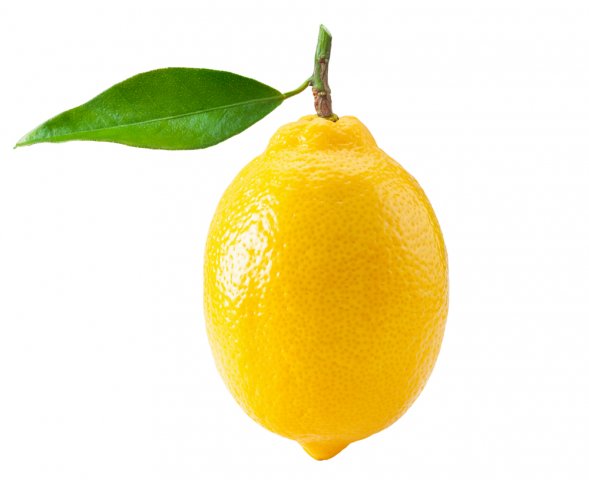
Tarnish makes your silver jewellery look old and dirty, even if they are not so. As silver reacts with the oxygen or sulphur in the air, they tend to tarnish. Lemon is such a magical ingredient when mixed with salt both of them act as natural cleaning and scrubbing agents without even polishing the silver ornaments. Using citric acid is a very effective way to remove tarnish. Fresh lemon juice is best for this process as it has the acid that is most vital in cleaning. Bottled lemon juice is good to use until its expiry date. To make this mixture always take a glass bowl as metal can react with citric acid. Make a watery content of lemon juice and salt and put the silver item in it for some time. After a few hours take out the solution, give a soft rub if necessary in the more spotty area and wash under running water.
Vinegar
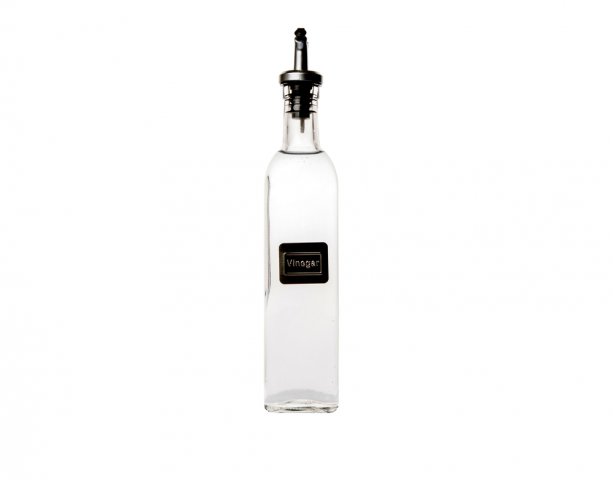
Vinegar might not be appropriate for antique silver pieces, but you can use it to remove tarnish of costume jewellery made out of silver. Take a bowl and add vinegar with baking soda and water and dip the jewellery in it for around two to three hours. Vinegar will effectively clean the spots and tarnishes here and there in the ornaments. It can be mixed with many other ingredients like lemon or baking soda to make a robust natural solution to clean silver jewellery. You can mix vinegar with ketchup and with the help of a soft brush scrub the surface of the silver gently to clean it.
Toothpaste
For cleaning metals, toothpaste often plays a vital role, and it is readily available at home too. But you will need to be a little careful while using toothpaste as its abrasive particles can polish off the tarnish as well as the same particles can scratch the silver surface too.
It is better to avoid toothpaste in highly polished silver or sterling silver, but it is safe to use it in pure matte silver materials. Choose a plain solid colour toothpaste with no tartar control, whitening agent or baking soda. Dampen the ornament in plain water and apply a small amount of toothpaste over it. Rub it gently with dampen q-tip or tissue and run underwater. For stubborn stains, keep the toothpaste for a few minutes. Gently pat with a soft cloth and air dry.
Ammonia and Water
Ammonia is one of the most inexpensive and favourite options for cleaning silver efficiently. Clean the ornament with soap water to remove all the dust and dirt, and it also makes the next cleaning process more comfortable. Make a solution of ammonia and water and soak the silver ornament in it for a few minutes. Just take out the jewellery from the solution and pat it dry.
Detergent or Hand Sanitizer
You can use your regular laundry detergent or window cleaner to clean the silver ornaments. It removes dirt and restores shine in a pretty decent way. Spray a little on the soft cloth and rub the area needed to treat. Use this with caution while cleaning antique jewellery pieces as they are incredibly delicate and can react with a particular ingredient.
Avoid Tarnishing of Silver: Tips on How to Maintain Silver Ornaments
Whether you are obsessed with antique jewellery or want to keep them just like new, you have to maintain your silver jewellery properly. By appropriately keeping them, you can enjoy silver ornaments timelessly.
Testing the Silver Quality
Here is a useful tip to test silver quality. If you have pure silver, it will make a clunking or ringing sound when rubbed against each other. If the silver is making a dull sound, it might be mixed with other metals.
Clean Often and Wash Separately
Silver gets tarnished often and so caring and removing the dirt is necessary for a periodic manner. If it remains with other jewellery, it can react more, and dullness can come fast. So keep the silver separate, wash and dry it often to minimize the dullness.
Dry Ornaments with Polishing Cloth
Keeping polishing clothes along with your silver jewellery will make it easier for you to clean it after wearing it each time. It will reduce the tarnishing impact and keep the metal shiny.
Store in a Correct Way
Before you store your silver jewellery always wipe them off to remove sweat and makeup. These unwanted impurities can cause moisture and tarnish both. Store the jewellery in an airtight or anti-tarnish wooden box. You can also keep a small pack of silica gel or activated charcoal in the box to absorb moisture and prevent tarnish.
-
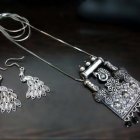 Are You Looking for Something Quirky, Traditional & Auspicious for Your Loved One's Next Big Occasion? Then You Need to Check Out these Pure Silver Gift Items with Price (2020)
Are You Looking for Something Quirky, Traditional & Auspicious for Your Loved One's Next Big Occasion? Then You Need to Check Out these Pure Silver Gift Items with Price (2020)
-
 10 Silver Gift Items for a Housewarming, from Auspicious Idols and Puja Thalis, to Silverware and Decorative Items (2020)
10 Silver Gift Items for a Housewarming, from Auspicious Idols and Puja Thalis, to Silverware and Decorative Items (2020)
-
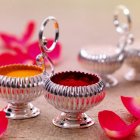 Since We Are Always out of Ideas on What to Gift for Wedding Couples! 10 Pure Silver Gift Items for Marriage That You Can Happily Gift in (2020)
Since We Are Always out of Ideas on What to Gift for Wedding Couples! 10 Pure Silver Gift Items for Marriage That You Can Happily Gift in (2020)
-
 Silver Too Expensive for You? 10 Stunningly Crafted Silver-Plated Gifts For Special Occasions! (2020)
Silver Too Expensive for You? 10 Stunningly Crafted Silver-Plated Gifts For Special Occasions! (2020)
-
 Wondering How to Surprise Your Loved One with Silver Gift Items? Here Are the 10 Best Decent Budget and Trending Silver Gift Items Online That Everyone Will Love (2021)
Wondering How to Surprise Your Loved One with Silver Gift Items? Here Are the 10 Best Decent Budget and Trending Silver Gift Items Online That Everyone Will Love (2021)
Puzzled on How to Clean Silver Ornaments?
As discussed above, one might be calmed by the realization that cleaning Silver isn't that expensive or even a difficult task at all. The solutions and tips given will help when cleaning Silver ornaments at home. If on the go, practical ways of cleaning Silver plated ornaments too have been detailed. One should therefore be at ease as there are many different ways to clean Silver ornaments, each of which is easy and not at all time consuming.

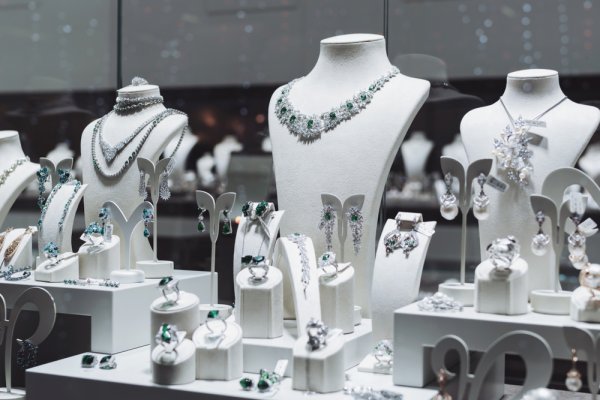
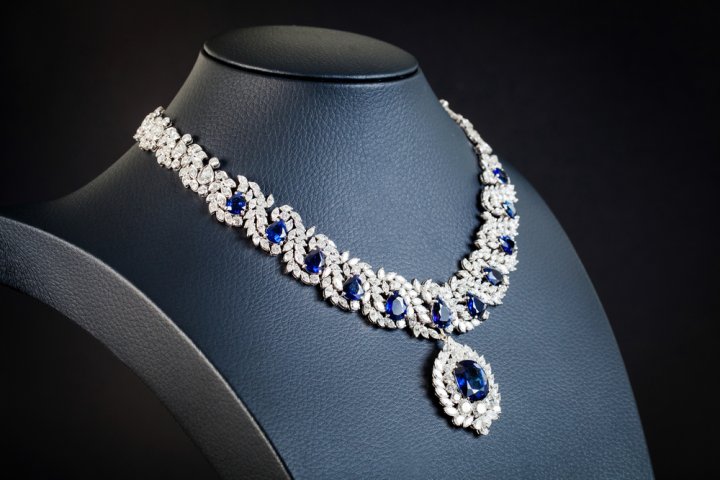
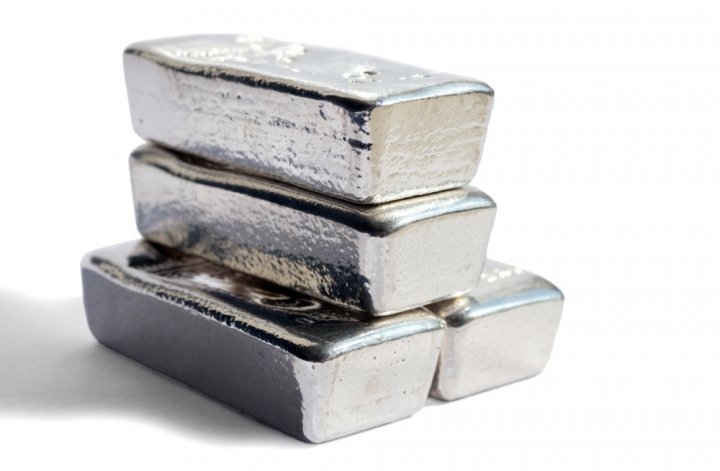


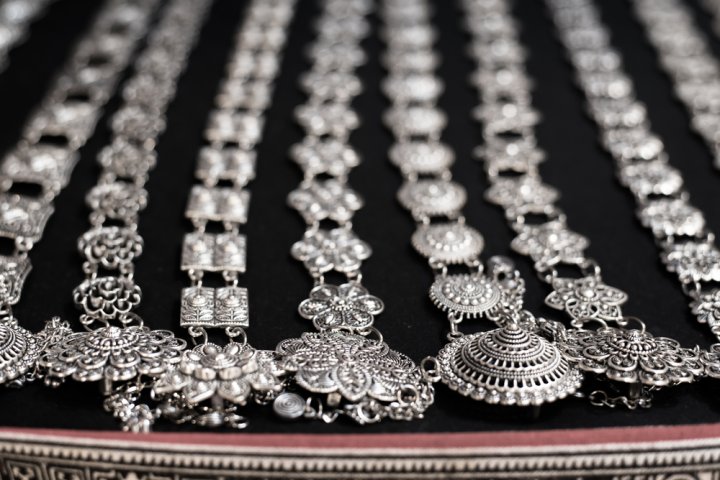
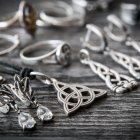
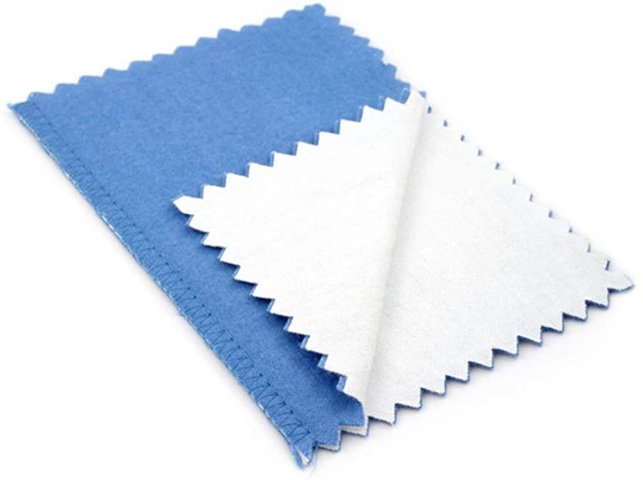


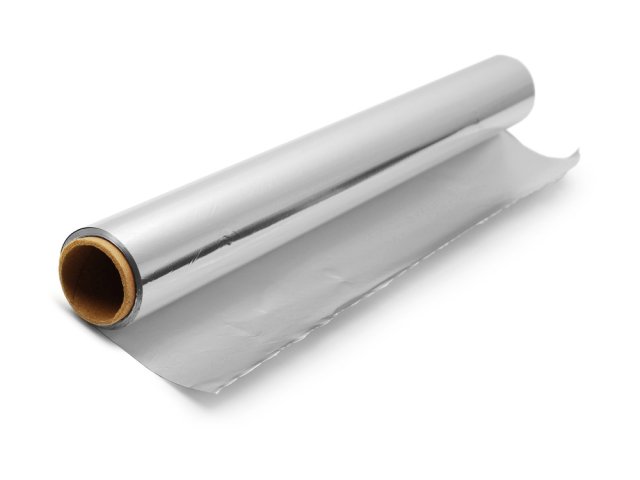
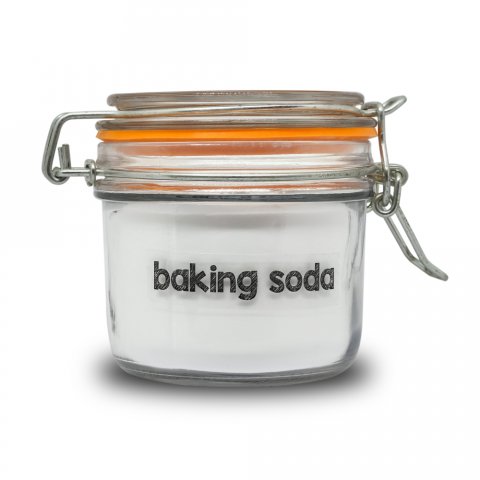
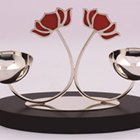
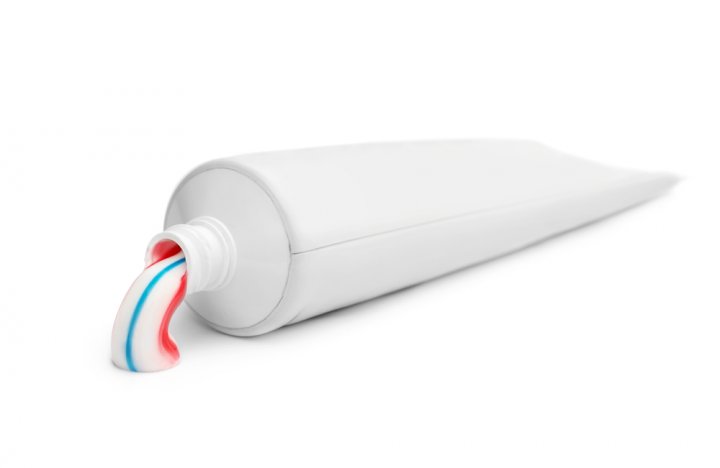
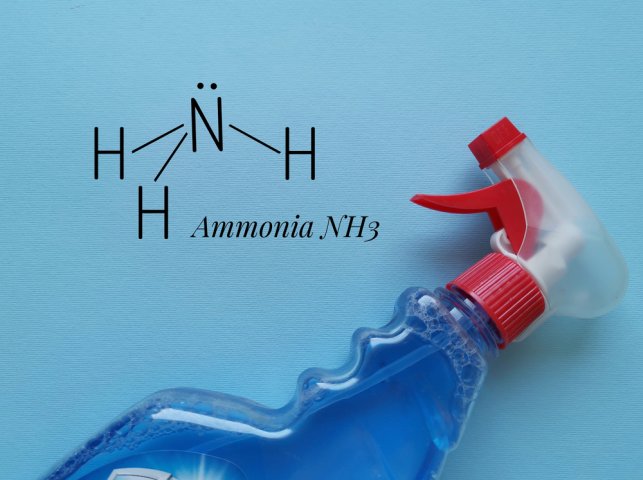
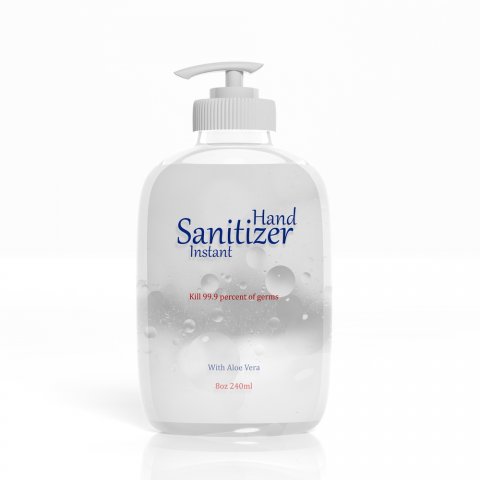

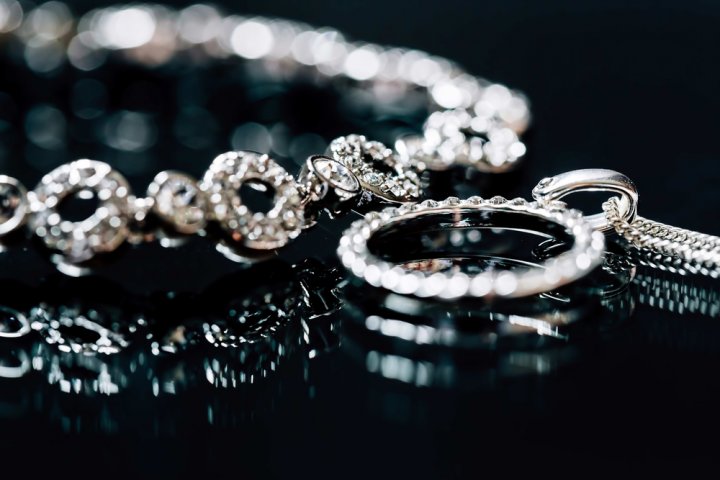
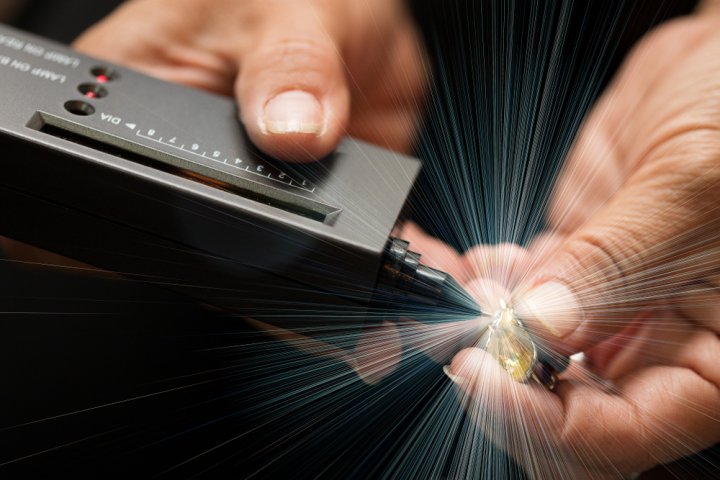
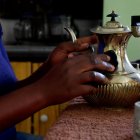
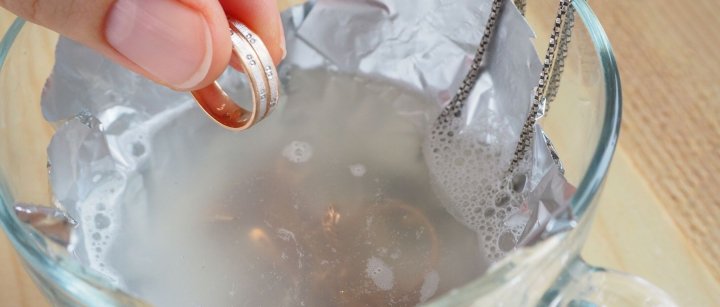


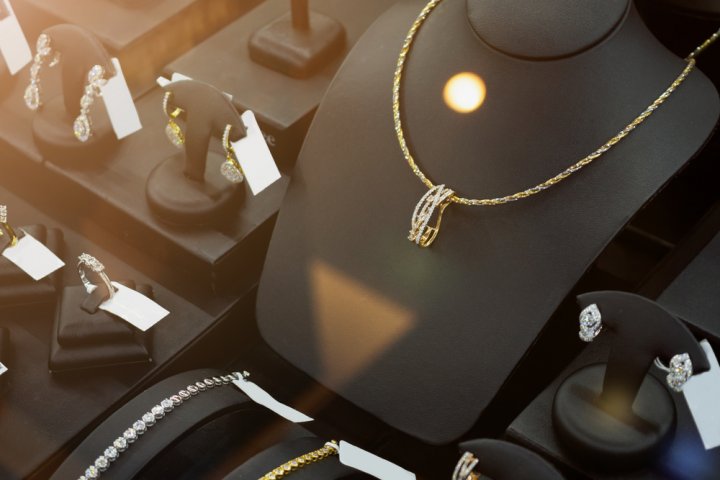
 Highlight the Best Facets of Your Incomparable Beauty: Discover the Best Face Highlighter Currently Available in India and Everything You Need to Know About Using Face Highlighters for Maximum Effect (2023)
Highlight the Best Facets of Your Incomparable Beauty: Discover the Best Face Highlighter Currently Available in India and Everything You Need to Know About Using Face Highlighters for Maximum Effect (2023)
 Forget the Blemishes and Get that Picture Perfect Flawless Radiance on Your Face: Check out the Best Foundations for Oily Skin Currently Available in India and Everything You Need to Know About Makeup Foundations (2023)
Forget the Blemishes and Get that Picture Perfect Flawless Radiance on Your Face: Check out the Best Foundations for Oily Skin Currently Available in India and Everything You Need to Know About Makeup Foundations (2023)
 Make Your Presence Felt Wherever You Go: Discover the Best Perfumes Under 2000 for Both Men and Women to Announce Your Arrival and Make Any Occasion Memorable (2023)
Make Your Presence Felt Wherever You Go: Discover the Best Perfumes Under 2000 for Both Men and Women to Announce Your Arrival and Make Any Occasion Memorable (2023)
 Protect Your Oily Skin from the Harmful Rays of the Sun: Discover the Best Gel Based Sunscreens for Oily Skin and Everything You Need to Know Before Buying One (2023)
Protect Your Oily Skin from the Harmful Rays of the Sun: Discover the Best Gel Based Sunscreens for Oily Skin and Everything You Need to Know Before Buying One (2023)
 Minor Blemishes and Wrinkles Affecting Your Confidence? Check out the Best BB Creams to Conceal Your Worries and Nourish Your Skin to Restore the Healthy, Radiant and Glowing Complexion Back Again (2023)
Minor Blemishes and Wrinkles Affecting Your Confidence? Check out the Best BB Creams to Conceal Your Worries and Nourish Your Skin to Restore the Healthy, Radiant and Glowing Complexion Back Again (2023)
